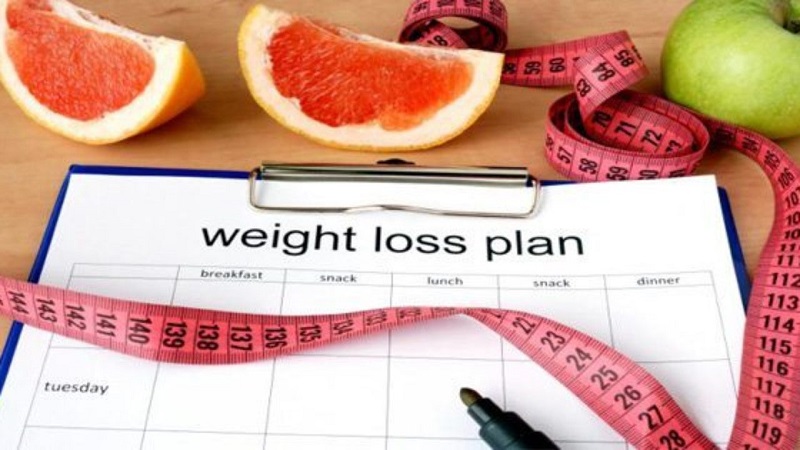The ketogenic diet was conceived almost a century ago by pediatricians Rollin Woodyatt. And Mynie Peterman to treat children subject to epilepsy. But over time it has taken on new uses for its benefits.
In summary, let’s see what it is: ketosis is the state in which our body burns fat to produce energy. The ketogenic diet is therefore based on the reduction of food carbohydrates. Thus forcing the body to increase the energy consumption of the fat contained in adipose tissue.
The ketogenic diet is characterized by a reduced intake of carbohydrates, a high intake of proteins and a normal or high intake of lipids. The restriction of carbohydrates leads to the depletion of glucose in the form of glycogen. And the formation of ketone bodies within two days. The ketogenic diet, or a diet with high fat. And low carbohydrates is enjoying success.
Ketogenic diet and cholesterol levels
We need to monitor our cholesterol values: LDL is an acronym that stands for Low-Density Lipoprotein (low-density lipoprotein). And this is the form of cholesterol that is considered bad. HDL is an acronym that stands for High-Density Lipoprotein (high-density lipoprotein). And their primary role in the body is to sweep the LDL particles to bring them back to the liver and then be recycled.
LDL and HDL are mainly concerned with transporting cholesterol, with one big difference: LDLs are very important because they have the primary function of transporting fat-soluble nutrients inside cell membranes to be used by the cell itself (ie tissues), while HDLs are responsible for removing excess cholesterol in the blood to return it to the liver. LDLs also help provide saturated fats to the cell membrane, another important component for cell viability.
Having a balanced ratio of these values, LDL and HDL mean that these two lipoproteins are working together correctly. If you follow a well-formulated ketogenic diet it helps us to increase the HDL. Lowering the triglycerides, while the LDL instead will probably remain the same or slightly higher. It should be emphasized that lifestyle has a great influence on the risk of developing high cholesterol problems. But the good news is that we can, therefore, intervene in numerous modifiable factors, thanks to a diet, followed by a specialist, a healthy life, without smoke and rich in physical movement.
The benefits of the ketogenic diet
Weight loss. The ketogenic diet causes rapid weight loss. Thus it began to be used as a diet, so much so that in Finland the Ministry of Health wanted it as first-choice therapy for the treatment of obesity and related risk factors and was effective in improving cardiovascular risk parameters, the type 2 diabetes, glucose intolerance, and dyslipidemia. The weight loss you get is at the expense of muscle tissue and fluids, with a decrease in muscle mass and an immediate metabolic slowdown. So, if on one hand the ketogenic diet it can lead to a rapid weight loss, facilitated also by the sensation of satiety given by the ketone bodies, on the other, it is good to know the possible effects, by contacting a specialist if you decide to start this type of diet.
What to eat with the ketogenic diet?
Most berries (berries) in moderate quantities can be included in the ketogenic diet: for example, blueberries, strawberries. And raspberries can be consumed in small quantities. An example: 100 grams are equal to three handfuls of blueberries. Instead, the blackberries are more sugary, so it is preferable not to overdo it.
For the remaining fruit? All fruits contain carbohydrates mainly in the form of fructose, they are real natural “desserts”. Therefore the fruit should be inserted in small quantities and not more than once a day. Persimmon and bananas, very sugary, should be excluded. In any case, you can consume discrete quantities of vegetables from which you get most of the nutrients contained in the fruit, but which contain little sugar.
Vegetables should also be chosen carefully. Those allowed, which can be eaten freely, are all leafy vegetables, chard, broccoli, cardoons, cauliflower, cabbage, cucumber, turnip greens, pumpkin flowers, fennel, green peppers, radish, radicchio, celery, spinach, and zucchini. Vegetables to be consumed in controlled quantities: asparagus, artichokes, Brussels sprouts, onions, green beans, aubergines, yellow and red peppers, tomatoes, leeks, turnips, and yellow pumpkin. They are to be excluded completely, as sugary: beets, potatoes and cooked carrots (raw, in small quantities).
Among the main meals, it is possible to have a snack, for example with one hundred grams of lean Greek yogurt. In addition to water, you can drink unsweetened teas and teas, while barley coffee should be consumed in moderation.
The following are to be avoided: cereals, potatoes, legumes, fruit, alcoholic beverages, sugary drinks, and various sweets. In addition, you should eat fat at every meal: they are allowed as nuts (almonds, walnuts), seeds, avocado, tofu and olive oil, saturated fats or oils (palm, coconut), lard, butter. And cocoa butter is encouraged in large quantities.




